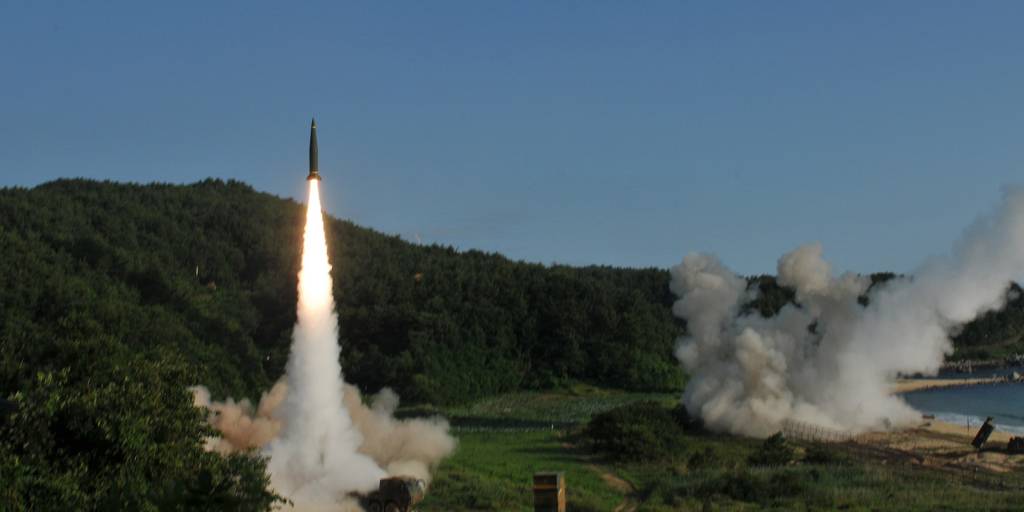
Blurred lines between conventional and nuclear weapons: Implications for deterrence and stability
Owing to technological developments such as the accuracy revolution in missile technology, nuclear arsenals are increasingly vulnerable to strikes from advanced conventional weapons. How will growing entanglement between nuclear and conventional weapons affect the deterrence strategies of nuclear as well as non-nuclear states? How may it affect strategic stability, including the risk of arms races and of nuclear weapons being used in a crisis?
In collaboration with Oslo Nuclear Project (Oslo University), and the Royal Danish Defense College, the Norwegian Institute for Defence Studies/Norwegian Defence University College organised a webinar to address these questions.
Based on the article “South Korea's Deterrence Strategy and Stability on the Korean Peninsula”, published in International Security, Ian Bowers and Henrik Hiim examined how non-nuclear states may rely on conventional weapons to deter nuclear-armed adversaries. They further discussed the dilemmas associated with such strategies. How credible is deterrence based on conventional weapons? How may such strategies affect arms race dynamics, as well as escalation risks in a crisis?
Drawing on her article "Russian nuclear strategy and conventional inferiority" in the Journal of Strategic Studies and on her more recent research, Kristin Ven Bruusgaard explored how a nuclear-armed state like Russia seeks to deter conventional aggression of a scale that it deems existential with both nuclear and conventional capabilities. This blending of conventional and nuclear deterrence, through for example expansive use of dual-capable systems, may produce novel escalatory risks in crisis and undermine stability.


